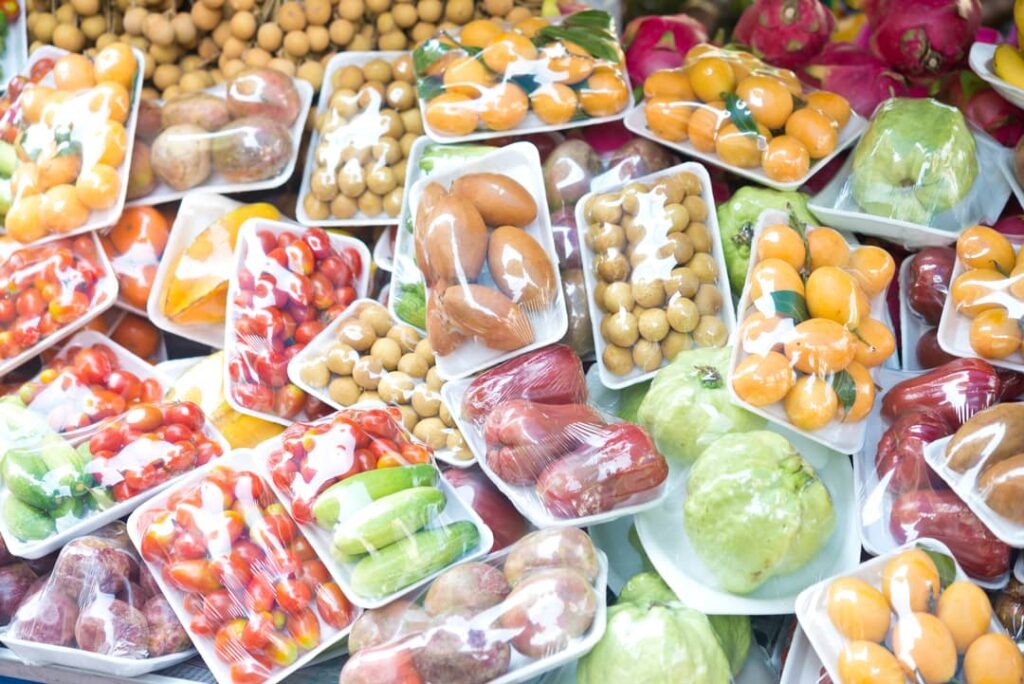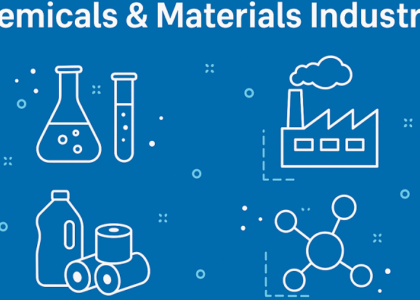
The global sanitary food & beverage packaging market is set for substantial growth, projected to exceed US$ 52.55 billion by 2033, up from US$ 40.72 billion in 2023, with a steady CAGR of 2.6% during the forecast period. This growth trajectory is driven by increasing consumer demand for safe, hygienic, and sustainable packaging solutions across the food and beverage industry.
The future of the sanitary food and beverage packaging market is poised for significant growth as consumer awareness of hygiene and food safety continues to rise globally. With an increasing emphasis on sustainability, manufacturers are innovating to develop eco-friendly packaging solutions that maintain product integrity while minimizing environmental impact. This shift towards sustainable and hygienic packaging not only meets regulatory standards but also aligns with consumer preferences for safe and convenient food and beverage options. As the industry evolves, businesses that prioritize innovation and sustainability will likely capture a larger share of this expanding market, driving forward a new era of sanitary packaging solutions.
Market Trends and Innovations
Technological Advancements
- Digital Integration: Adoption of digital technologies in the supply chain to enhance efficiency and minimize wastage.
- Smart Packaging Solutions: Incorporation of smart packaging solutions for real-time monitoring of product conditions and quality.
Focus on Sustainability
- Material Innovation: Exploration of eco-friendly alternatives such as kraft paper, carton water bottles, mushroom packaging, and recycled plastics.
- Collaborative Efforts: International collaborations to promote sustainable packaging practices and reduce waste in the food and beverage industry.
Market Growth Opportunities
- Preference for Paperboard Packaging: Paperboard packaging is gaining popularity due to its affordability, flexibility, and recyclability. It is emerging as a preferred choice among manufacturers for sanitary food & beverage packaging.
- Digitalization of the Food Packaging Supply Chain: The integration of digital technologies in the supply chain helps streamline the manufacturing process, reduce waste, and enhance efficiency. This trend is expected to contribute significantly to market growth.
- E-commerce and Home Delivery Services: The rise in e-commerce platforms and home delivery services is driving the demand for convenient, safe, and hygienic packaging solutions. This trend is expected to create lucrative opportunities for market players to innovate and expand their global presence.
Request For Customization: https://www.futuremarketinsights.com/customization-available/rep-gb-5147
There are several different types of sanitary food & beverage packaging, including:
- Plastic: Plastic is a popular choice for sanitary packaging because it is lightweight, durable, and relatively inexpensive. However, some plastics can leach chemicals into food, so it is important to choose a type of plastic that is food-safe.
- Paper: Paper is another popular choice for sanitary packaging because it is recyclable and biodegradable. However, paper can be more expensive than plastic and is not as durable.
- Glass: Glass is a durable and non-reactive material that is ideal for storing food and beverages. However, glass is heavy and can break easily.
- Metal: Metal is a durable and non-reactive material that is often used for cans and bottles. However, metal can be expensive and is not as recyclable as some other materials.
Key players:
- FP Corporation,
- Chuo Kagaku Co., Ltd.,
- Karatzis S.A.,
- Crown Holdings, Inc.,
- Ball Corporation,
- Silgan Containers, LLC,
- Kaira Can Company Limited, and
- Canfab Packaging Inc.
Opportunities in the United States Market:
The United States holds a prominent position in the global sanitary food & beverage packaging market, commanding a substantial 20% share in 2022. Stringent regulatory frameworks, spearheaded by entities like the FDA and the Environmental Protection Agency (EPA), underscore the importance of packaging safety and compliance with food contact substances.
As the United States emphasizes allergen labeling and antimicrobial technology in packaging materials, manufacturers are compelled to adhere to rigorous safety standards, driving innovation and market growth.
Request Report Methodology: https://www.futuremarketinsights.com/request-report-methodology/rep-gb-5147
Market Segmentation
Packaging Type
- Paperboard
- Rigid Plastic
- Glass
- Flexible Plastic
- Metal
- Other Packaging Types
Product Type
- Milk and Other Beverage Cartons
- Cups and Liquid Tight Containers
- Folding Food Containers
- Boards and Trays
- Other Product Types
About Future Market Insights (FMI)
Future Market Insights, Inc. (ESOMAR certified, recipient of the Stevie Award, and a member of the Greater New York Chamber of Commerce) offers profound insights into the driving factors that are boosting demand in the market. FMI stands as the leading global provider of market intelligence, advisory services, consulting, and events for the Packaging, Food and Beverage, Consumer, Technology, Healthcare, Industrial, and Chemicals markets. With a vast team of over 400 analysts worldwide, FMI provides global, regional, and local expertise on diverse domains and industry trends across more than 110 countries.
Contact Us:
Future Market Insights Inc.
Christiana Corporate, 200 Continental Drive,
Suite 401, Newark, Delaware – 19713, USA
T: +1-845-579-5705
For Sales Enquiries: sales@futuremarketinsights.com
Website: https://www.futuremarketinsights.com
LinkedIn| Twitter| Blogs | YouTube


